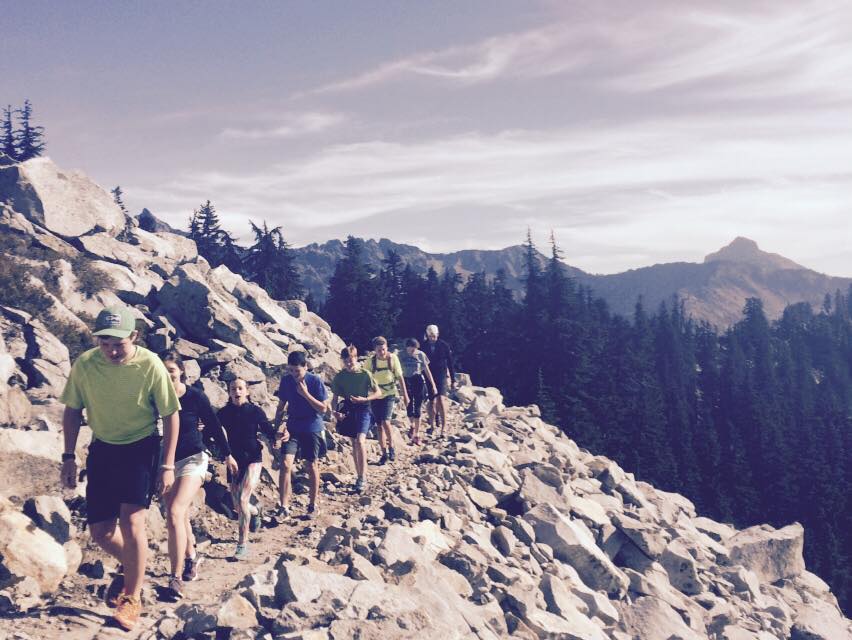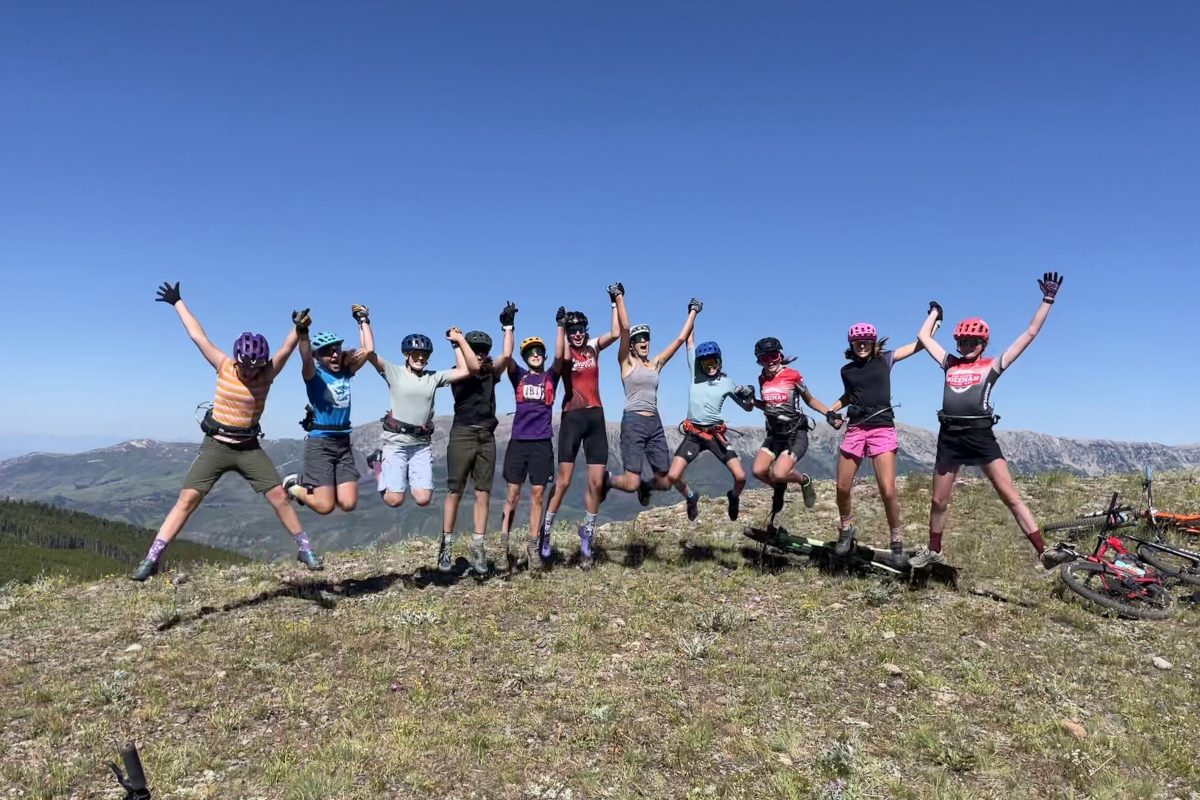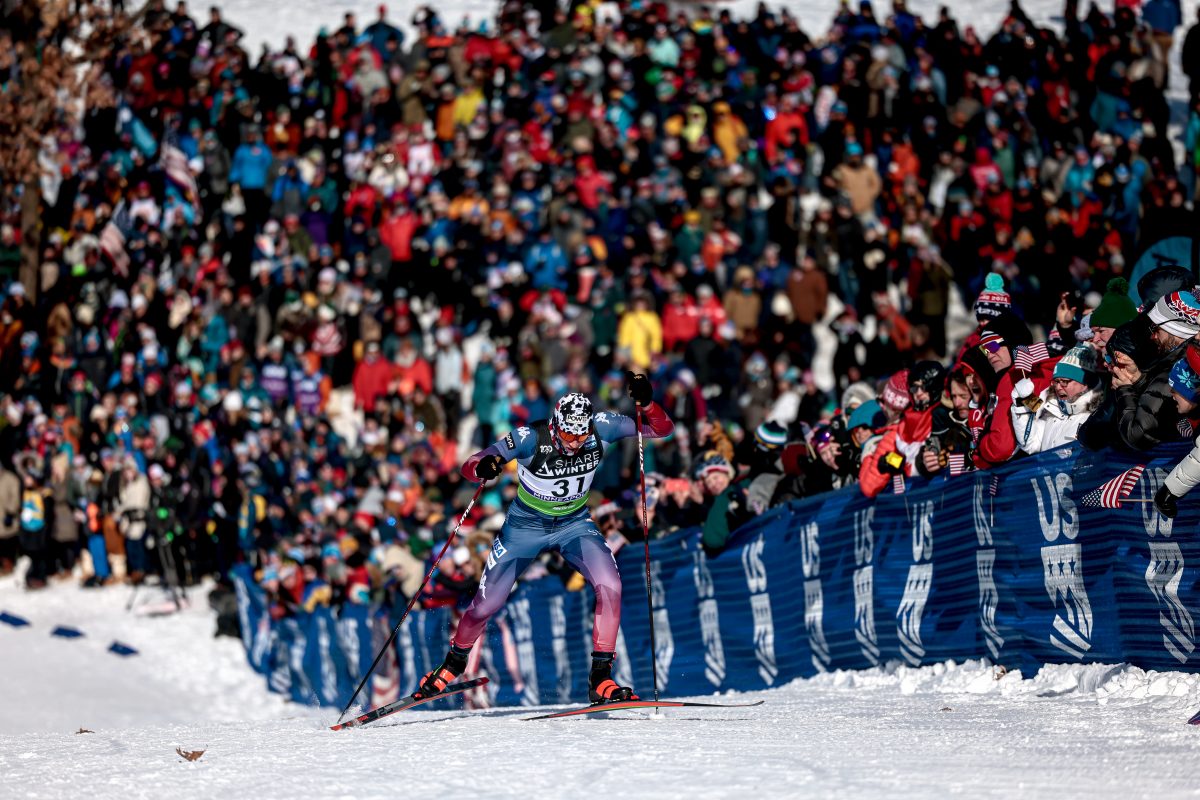Many times numbers and photos do the best job of summarizing an event.
86% – 20 of 24 podium positions (first, second, third place) athletes raced with Swix Star CT1 poles.
100% – Winners of each race (senior men and women) raced with Swix Star CT1 poles
2 – Number of new Swix Triac poles that arrived in Anchorage for Kikkan and Kris to test. Also the position USA’s Tim Burke placed at the Oberhof Biathlon World Cup using the new Triac poles. Visit www.swixtriac.com .
75% – 6 of 8 First Place podium positions were won on Swix waxes, confirmed. 4 – Number of US National Titles Kikkan Randall won. All on Swix waxes and poles.
62% – Number of National Champion medals garnered by Swix Partnership Program Alaska Pacific University under the leadership of Erik Flora.

To win medals you need fast skis with the right wax.
It is of course exciting for us at Swix to see that 75% of first place podium positions were won using exclusively Swix waxes except where we read of Scott Jerome’s UAF Team’s outstanding Sprint success included some Rode kickers. These are confirmed results. What does not show up here are the many others who used Swix waxes as base layers, mid-layers and or topcoats in their success. Swix HF Black Wolf glide waxes worked extremely well in the dirty conditions as mid-layers. Early in the competition week the older HF Black Devil waxes were actually out performing the new BW waxes in glide testing. Many of us had similar test results. I asked Swix Chief Wax Chemist, Lars Karlof what he thought was going on with these results. While he could not pinpoint exactly, he did tell me that in testing, over time, the BW has consistently out performed the BD. He also said to remember not to discount the fact that BD is in itself an exceptional wax and that there are so many variables and parameters involved in blending the components of the wax that it is extremely difficult to pinpoint these discrepancies in field tests alone. Perhaps it could be some excellent batches of BD that were running in this very unique snowpack (dirt, oils, jet fuel, etc). It was, in fact, reassuring that the BD and BW model was so successful during the week. APU and many others ran BW’s as base layers. (See wax recommendations and post event recaps at www.swixracing.us )

SIMPLE = SUCCESS; SWIX = SUPPORT
Waxing was, as I believe Ian at Toko was trying to make a point in his article, pretty straight forward. In the case of these championships with numerous goals and team selection opportunities on the line, if you ran Swix for kick and glide you would have had wax performing the best or equal to the best in all races. Many of you did just that! Additionally, the Swix Service Team provided unbiased testing of all Swix products each day for your confirmation, time saving, collaboration etc. Many thanks go out to my Swix Service Team Members: Josh Korn, Jack Hart, Ben Dubay and especially Mark Strabel for his insight and experience with the Alaskan climate and snow conditions. This assistance allowed us to be spot on with our recommendations as well as provide wax and pole support for everyone.

KICK WAX
In both of the classic races, distance and sprint, kick waxing was consistently successful with Swix VG35 ironed in as a base and VR40, VR45 and V45 used for kick as the day progressed. I talked with a few coaches who felt they needed to go to VR50 which makes sense as V45 (special violet) is nearly as soft as VR50. Justin Freeman’s skis looked like they could go another 30km on this hardwax combination. (Justin talks about this on his Fasterskier blog.). Annie Hart won the late afternoon junior women’s classic race on V45 giving her a ride to Junior Worlds.

BINDER WAX & CUSHION
For hardwax binder, we tested KR20, KB20 (new spray green base klister), VG35 and the new hardwax binder VG30 which is designed for fine grained, less abrasive snow. VG35 showed little-to-no wear, but the VG30 and KB20 did start to come off the edge areas after 10km. We felt KR20 was perhaps unnecessary, overkill. For kick it was obvious a flouro kicker would excel in repelling dirt and enhancing glide and perhaps prevent icing as during the classic 20km and 30km it was snowing. What made a significant difference in obtaining great kick was to make sure enough wax, or a cushion, was built up under foot to allow the new shearing snow a place to easily adhere. We built this pocket, the Pyramid of Power” as my Techs Eric & Joe Jensen of Idaho call it, with mid layers of V40 Blue Extra. Strong confident classic skiers of the APU team raced on VR40 resulting in wins for Kikkan and James Southam.

GLIDE
Glide wax for the week had to withstand the abrasive dirt and moose droppings! and high humidity (74% to 100%). As mentioned, BD and BW waxes were used as mid-layers. APU used HFBW4 and HFBW6 predominately on their race winning skis. We noted UAF’s Scott Jerome and Matt Dunlap opted for HF7BW in the Classic Sprint for their team. (UAF went 1, 2 in the Men’s CL Sprint.)

OVERLAYS & TOP COATS
For overlays we saw FC7BS roto corked used in the early skate races (Kikkan Randall wins on this), FC78 Super Cera and FC7 used in the 20km and 30km for durability (Southam & Randall win on this), and FC7BS and FC8X used in the classic sprint races. Junior Annie Hart’s winning glide was HFBW7 covered with FC8x. As winning coach Scott Jerome mentions in the UAF blog on Fasterskier, FC8A Rocket was a fantastic topcoat over FC8 for the Classic Sprint. As a tech note, FC8A Rocket is best applied by using the new roto fleece instead of the roto cork.
STRUCTURE
Structure for the championships was consistent at .03mm Linear or Broken V for classic races and .03mm Broken V or Chevron for the skate races. Imprinted patterns were applied after Cera F applications were brushed out. We used the new economical T403 which débuted this year. The T403 will come in a kit form next year with a minimum of 8 blades or rollers that mimic the professional World Cup T405 patterns. We have an excellent chart on page 11 of the 2010 Nordic Race Waxing Manual which makes it very easy to choose the correct structure for the given snow conditions. This manual is also available at our “Waxing School” at www.swixracing.us .
THANK YOU!
In sum it was a great week for Swix Sport USA and a pleasure to be a part of the Championships. Congratulations to all competitors, coaches and hosts. Swix thoroughly enjoyed the past two years of being a Gold Level Sponsor and supporting ski racing in Alaska and the USA. The results combined with the exciting launch of the new Swix Triac pole have instilled much confidence and enthusiasm in the Swix brand worldwide. We thank you for your support and wish you the best of luck for the remainder of the season.



